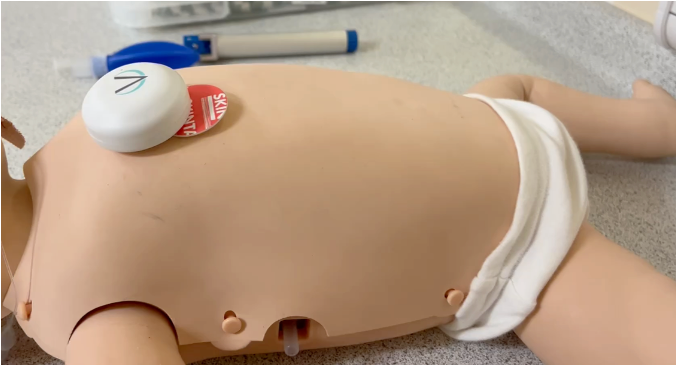From the frontline
- 1 May 2013

This week I am suffering from a heavy dose of reality. If truth be told, I am alternating between terror and elation.
I spent the best part of two years working towards the selection of an electronic patient record with colleagues from Cambridge University Hospitals NHS Foundation Trust.
We chose a vendor, Epic. And now I have joined the 103 colleagues who will build our electronic health record at the start of our training.
Learning to write again
In the first instance, we are learning how the system works for day to day users. With my colleagues from the emergency department we are getting our first comprehensive look at how the nuts and bolts of the system look and feel, before diving deeper into system configuration.
Our Epic trainers are very patient as they launch us into “Hyperspace”. They carefully explain the difference between ‘arriving’ and ‘arrival’, between ‘two person signing’ and ‘co-signing’. We grapple with SmartPhrases, SmartText and SmartLinks until our heads swim.
When I first started as a nurse practitioner, using a pen and paper to document my clinical findings, drugs prescribed and treatment delivered didn’t seem this complex.
But if I was being shown a piece of paper and pen for the first time, in addition to being shown how to write, I think I would have been just as exhausted as I was after my first day learning Epic.
Structuring data
My Epic training is giving me further insight into how clinical data that is collected in a structured format within an electronic record will change the way in which patient care is delivered.
At the moment, within my trust, nurses have very little everyday contact with information technology when they are delivering direct nursing care.
When data is gathered it is done by hand. It may become available to frontline staff, but if it does it comes in a format that is dense and difficult to interpret – in addition to which, it can be weeks old.
A hospital wide electronic patient record will present nursing staff with many challenges. But in the longer run, the biggest challenge will be learning how to use the huge amount of data that will be collected every hour of every day and that will be available to us more or less as we do our jobs.
Big changes ahead
I think it’s safe to say that most nurses have yet to think about this change. After all, if you’re a frontline nurse, and you don’t have access to an electronic patient record, it is hard to get excited about nursing informatics.
Since the vast majority of nurses don’t have access to a technology like Epic, they have never had exposure to nursing data that is relevant to them or the patients they care for.
It’s true that nurses spend a large amount of time collecting – and recollecting – vast amounts of information by hand. However, only a very small part is used in any meaningful way. So most nurses really cannot see how informatics has any relationship to the care they deliver.
In the future, however, nursing informatics will enable nurses to quickly and easily collect information using electronic information systems, immediately view information, and make immediate decisions based on it.
One of the jobs that I and my other eHospital nursing colleagues will need to do is to design ways of using the technology in the accurate and efficient documentation of care and to develop tools to use this data in delivering direct patient care.
Going with the Flo
When the subject of nursing informatics and its role in 21st century nursing is discussed, though, it is important to recall that this is not a new concept.
We only have to turn to the founder of modern nursing, Florence Nightingale, to view how far – or not, as the case be – nursing informatics has come.
After reviewing the state of affairs in the hospitals she visited in the 19th century, she wrote: “In hardly any instance have I been able to obtain any hospital records fit for any purpose of comparison.”
She continued: “If they could be obtained, they would show subscribers how their money was being spent, what amount of good was really being done with it, or whether the money was doing mischief rather than good.”
If Cambridge University Hospitals needed just one reason to pursue its eHospital vision, then this encompasses it in its entirety.


Andrew Carr
Andrew Carr is an emergency nurse practitioner working in the emergency department at Cambridge University Hospitals NHS Foundation Trust. Andrew has worked in emergency care for 25 years, and for the past four years he has been clinical IT lead for his department.
Andrew is passionate about delivering information technology to frontline staff enabling them to deliver safe, high quality care efficiently and effectively. He has recently developed ED clinical dashboards and waiting time information displays.
He is also participating in an eHospital programme that will see all clinical IT systems across the trust replaced by a single hospital information system in 2014. As a former head of IT once told him “if an IT system can work in the emergency department it can work anywhere!”




